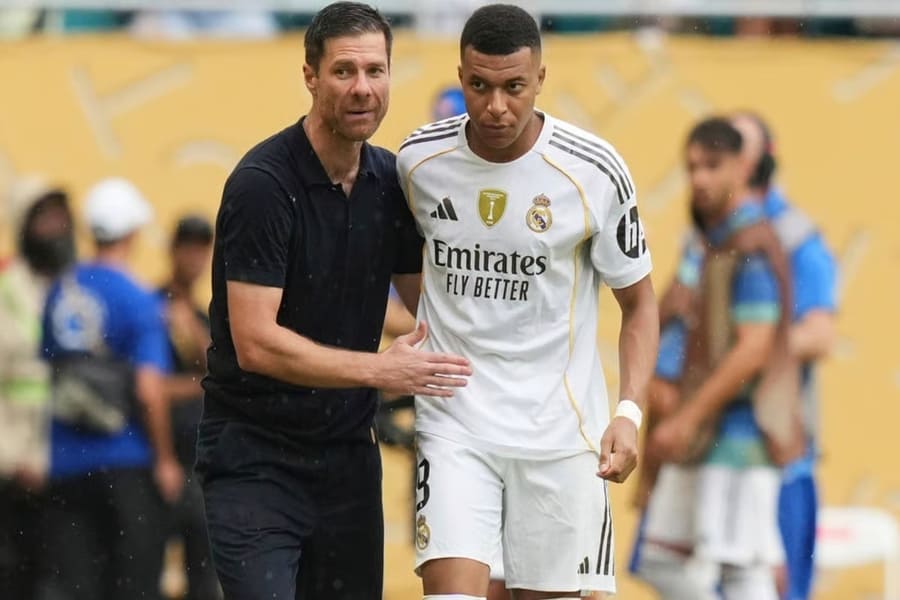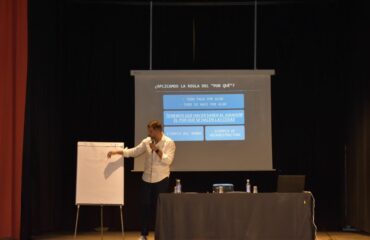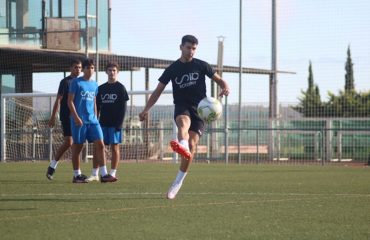The 2025-26 season promises to be one of the most exciting in the last decade. LaLiga stands out as the main attraction in Europe thanks to the quality of its teams, the impact of transfers, and the presence of young talents destined to mark an era. But the scene is not limited to Spain: Premier League, Serie A, and Bundesliga also seek to leave their mark in a campaign full of uncertainties and great expectations.
Table of contents
Calendar and competitive context in LaLiga
The Spanish competition will kick off in mid-August and end in late May, with Barcelona defending the title won last season. LaLiga already highlights two key dates: October 26 for the Clásico at the Santiago Bernabéu and May 10 for the return at the Camp Nou. These matches, more than mere games, will be decisive in defining the champion.
At the top, a tight battle for LaLiga is expected between Barcelona, Real Madrid, and Atlético de Madrid. However, the league will also be animated by clubs such as Athletic, Betis, and Villarreal, seeking to consolidate their presence in Europe.
Real Madrid: the beginning of the Xabi Alonso era
The signing of Xabi Alonso as the new coach has been the biggest move of the summer in Spain. With a modern tactical vision and experience coaching in the Bundesliga, Alonso arrives at the Santiago Bernabéu with the mission to restore Madrid’s dominance in LaLiga and the Champions League.
The club has invested over 170 million euros in reinforcements, bringing in Trent Alexander-Arnold, Dean Huijsen, Álvaro Carreras, and the young Argentine Franco Mastantuono, who will join the team upon reaching adulthood. Madrid is betting on a mix of youth and established talent, seeking a balance capable of withstanding the demanding European schedule.
Barcelona: stability with economic challenges
Barcelona faces LaLiga defense with a cautious transfer policy, marked by its delicate financial situation. The arrival of Marcus Rashford, on loan from Manchester United, has been a strategic move to strengthen the attack without overburdening the budget. Also arriving are Joan García to compete in goal and the young Roony Bardghji to add creativity.
Flick’s team has completed a perfect preseason, with big wins and fluid play, highlighting the performances of Lamine Yamal and Fermín López. However, the challenge will be to maintain competitive levels throughout the campaign.
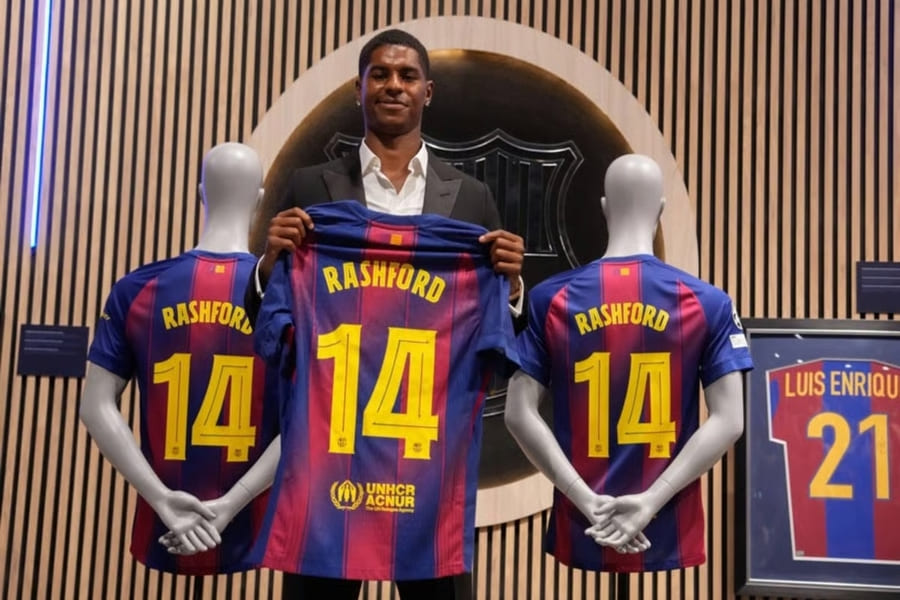
Atlético de Madrid: reinforcements to fight back
Diego Simeone has led a squad overhaul with arrivals like Álex Baena, Thiago Almada, Dávid Hancko, and Marc Pubill, plus the imminent signing of striker Giacomo Raspadori. The objective is clear: recover offensive capacity and fight for the title until the last rounds.
Atlético also aims to leave behind an irregular season and leverage their defensive solidity, one of Cholo’s trademarks, to build a more balanced team.
Premier League: an economic and sporting showdown
In England, Liverpool starts as favorite after winning last season. Manchester City, always a contender, and Manchester United, who have invested over 200 million pounds, will try to dethrone the Reds. Arsenal, Tottenham, and Chelsea complete the group of contenders, in a league characterized by enormous financial muscle and constant signings of world stars.
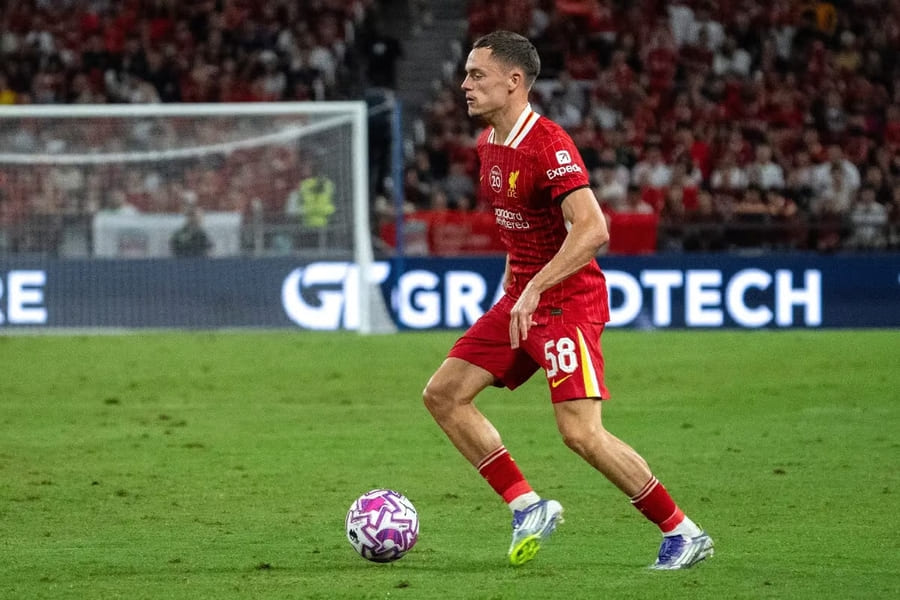
Bundesliga: German consistency
The German league continues to bet on economic balance and local talent development. Bayern Munich, which regained the throne last season, is the favorite but must watch a strengthened Bayer Leverkusen and an RB Leipzig combining youth and international experience. The challenge for the Bundesliga will be to maintain competitiveness in Europe against the economic power of the Premier and the technical quality of LaLiga.
Serie A: a return to tactics
In Italy, Serie A is in a transitional phase. Inter and Juventus are the strongest teams, while Napoli looks to reinvent itself after losing key players. The Italian league aims to recover its tactical essence, combining it with young players who bring dynamism and offensive aggression. The big question is whether this mix will be enough to compete with foreign powers.
Extrinsic factors shaping the season
Beyond football, the season will be shaped by economic factors, sustainability, and roster management in a congested calendar. Leagues are working to contain salary spending, promote youth development, and optimize entertainment. In Spain, the implementation of salary caps and the search for new revenue sources remain key to maintaining international competitiveness.
The formative vision: SIA Academy
Amid this scenario, projects like SIA Academy play an increasingly important role. Their methodology combines technical work, tactical preparation, and mental development to form players able to adapt to different playing styles and physical demands. With top-level facilities and programs simulating high-pressure environments, SIA Academy becomes a talent laboratory aligned with the needs of modern football and the kind of preparation demanded by a league like Spain’s.
The 2025-26 season will be a crossroads for European football. LaLiga stands as a technical benchmark and one of the most attractive competitions worldwide, with Real Madrid seeking to regain the crown, Barcelona defending its hegemony, and Atlético determined to break the duopoly. The Premier League will continue to impose its economic rhythm, the Bundesliga will contribute consistency, and Serie A will try to regain prestige.
